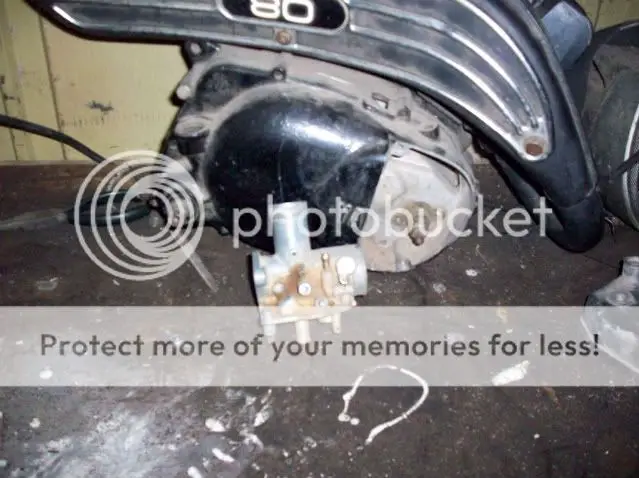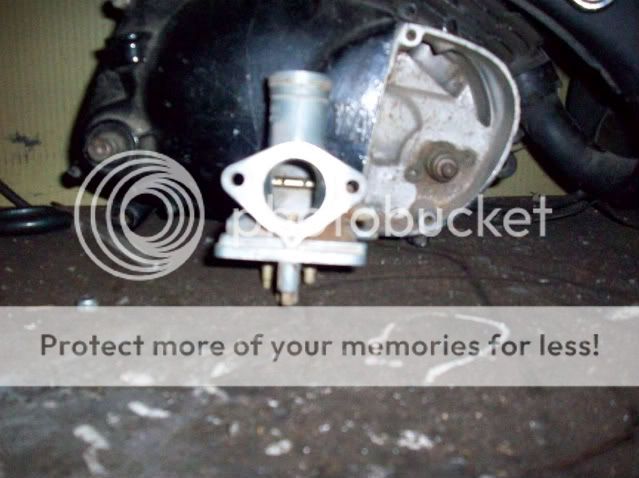Somewhere back in the early 70's my dad bought a Cycle magazine (I believe it was Cycle) that had a special section on Mikuni Carbs. It was a whole section of the magazine printed on brown paper for the feature. It explained the double tapered jet needles and the needle jets they moved up and down in. There was a chart that explained the sizing, and suggested "groove" position at the top of the jet needle that the circlip be set in. It also suggested slides (which have numbers regarding the slanted cut at the front) to be used in the sizing and matching to the cc displacement of the engine.
So, there is much to sizing and matching a Mikuni to an aplication. What makes the biggest difference is the 4 cycle carbs use a straight tapered needle and the 2 cycle's use a dual taper. Adjusting the jet needle upwards or downwards in the slide along with the number of the needle, jet, and slide all come into play. Then the adjustment screws can be tweeked to provide a power curve thru the spectrum that comes alive in the rpm power band. (and leaves the spark plug and piston clean and undamaged)
I've seen guys bolt on a high compression head and try to ride without waiting to get the right jets etc and burn the electrode off the plug. If they didn't get the message the first time........they slammed another spark plug in it and kept riding till a hole melted in the top of the piston.
His bike sat at the dealership till the carb jets got in and they put a new piston & rings in the engine and installed the high compression head again only resetting the cab with the new jetting so it would run properly and not self destruct.
I'm sure somewhere out there....perhaps Mikuni's web site there should be a chart like was in that old magazine.
Just doing a quick Google I found these resources:
Mikuni American Corporation
See the chart at the bottom of this page:
Mikuni carburetor operation and tuning
On the manifold mounting of your Mikuni........was it for a spiggot on the cylinder for port tuning or was the carb mounted on side of the case as it was a rotary valve model ?
But this is what I remember. I've forgotten so much as I was into this stuff in my 20's.
A carb that's too large may have a great top end but be soggy thru the lower spectrum. A carb that's a but too small may have a lightning takeoff and then choke out before it an come up to the power band. (assuming we're talking 2 cycle here)
I've hand ground carb slides for some of my Mikuni's when I couldn't get a half size 2.5 when I wanted one. I purchased 3 slides which were 2.0 and calculated the difference between the 3.0 to make a template to transfer with machinist blueing. But if that's what it takes.
Good luck with your project. When you get one dialed in spot on......it's real magic for the performance.










